Introduction to Different Types of Pens
Pens come in various types, each designed for specific purposes, providing a unique writing experience. Understanding the different types can help you choose the right one for your needs.
- Ballpoint Pens:
- Commonly used for everyday writing.
- Have a small rotating ball at the tip that dispenses ink.
- Rollerball Pens:
- Similar to ballpoint pens but use water-based ink for smoother writing.
- Provide a more fluid writing experience.
- Fountain Pens:
- Considered a luxury writing instrument.
- Use a nib to dispense ink and require refilling with bottled ink.
- Gel Pens:
- Use gel-based ink that is vivid and smooth to write with.
- Great for adding flair to your writing or artwork.
- Marker Pens:
- Have a felt tip and are used for bold lines and coloring.
- Popular among artists, students, and professionals.
- Felt-tip Pens:
- Have a porous tip for a consistent flow of ink.
- Ideal for drawing, writing, and coloring.
- Brush Pens:
- Have a flexible tip that mimics a paintbrush.
- Great for calligraphy, drawing, and creating artistic effects.
Understanding the characteristics and uses of each type of pen can enhance your writing experience and help you find the perfect tool for your specific needs.
Fountain Pens: History and Characteristics
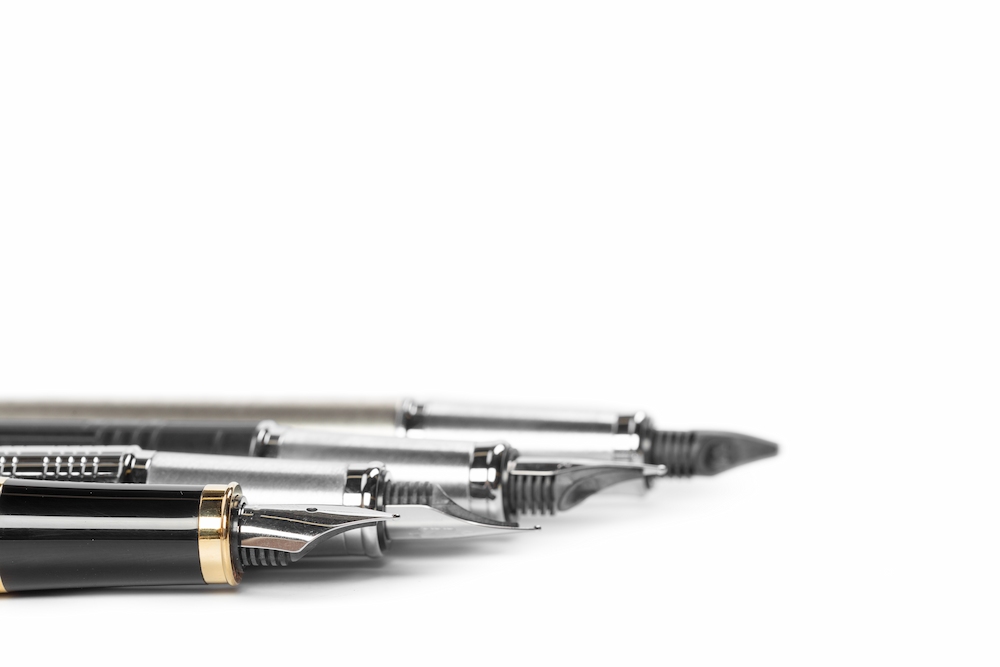
Fountain pens have a rich history that dates back to the 10th century, with early versions of the pen utilizing quills. The modern fountain pen, as we know it today, was patented in the 19th century by Lewis Waterman, revolutionizing writing instruments.
History of Fountain Pens:
- Fountain pens evolved from quill pens used in medieval times.
- Lewis Waterman’s patent in the 19th century marked a significant development in fountain pen design.
- The invention of the fountain pen allowed for more efficient and smoother writing compared to previous pen types.
Characteristics of Fountain Pens:
- Fountain pens have an internal reservoir of ink that feeds through a nib onto the paper when writing.
- They require regular maintenance to keep the flow of ink smooth.
- The nibs of fountain pens come in various materials, such as stainless steel, gold, or iridium, providing different writing experiences.
- Fountain pens offer a customizable writing experience through options like different nib sizes and ink colors.
Fountain pens offer a traditional and elegant writing experience, favored by many enthusiasts for their smooth ink flow and customizable features.
Ballpoint Pens: The Everyday Workhorse
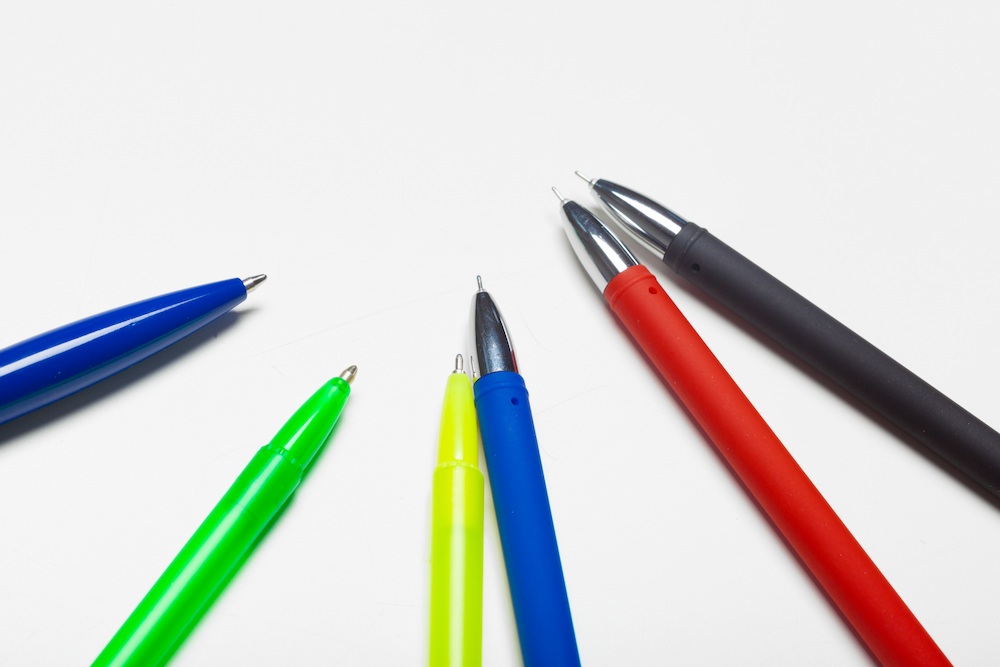
Ballpoint pens are ubiquitous in offices, schools, and households due to their reliability and convenience. Here are some key points to consider about these everyday workhorses:
- Ink Type: Ballpoint pens use a viscous oil-based ink that is quick-drying and smudge-resistant, making them ideal for left-handed writers or for use on glossy paper.
- Tip Style: The ball at the tip of the pen dispenses ink as it rolls across the paper, ensuring a consistent flow and clean lines. Tip sizes vary from fine to medium to bold, offering versatility for different writing styles.
- Durability: Ballpoint pens typically have a sturdy design that can withstand daily use without leaking or drying out quickly, making them a reliable choice for long-term writing needs.
- Affordability: One of the most cost-effective options, ballpoint pens are available in a wide range of prices to suit different budgets, from basic disposable models to higher-end refillable ones.
- Ease of Use: With a simple click mechanism or twist-action, ballpoint pens are user-friendly and require minimal maintenance. They are ready to write at a moment’s notice without the need for shaking or priming.
- Variety: While traditional ballpoint pens come in classic colors like blue, black, and red, modern options offer a spectrum of hues to cater to personal preferences and creative expression.
Ballpoint pens remain a popular choice for everyday writing tasks, offering a reliable and accessible option that meets the demands of various writing styles and preferences.
Rollerball Pens: The Smooth Alternative
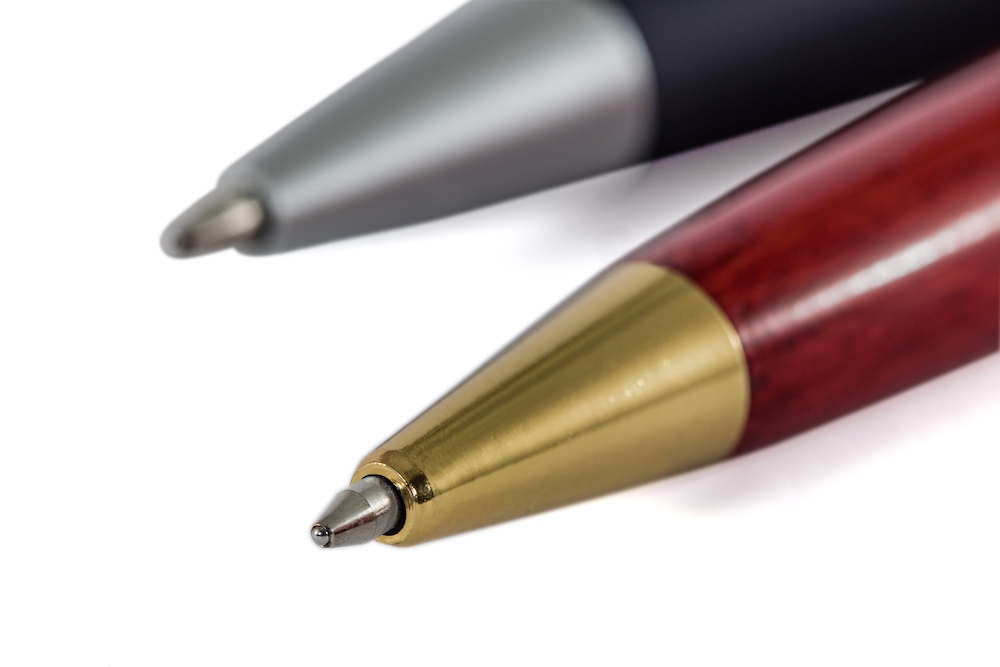
Rollerball pens offer a smooth and effortless writing experience, making them a popular choice for those who value fluidity in their writing. Here are some key points to consider:
- Ink flow: Rollerball pens use water-based ink that flows smoothly onto the paper, leaving behind clean and consistent lines. This makes writing with a rollerball pen a pleasant and enjoyable experience.
- Variety of colors: Rollerball pens come in a wide range of colors, from traditional black and blue to vibrant reds, greens, and purples. This variety allows users to express themselves creatively and add a pop of color to their writing.
- Precision: The fine tip of a rollerball pen allows for precise and detailed writing, making it a great choice for tasks that require accuracy, such as taking notes or filling out forms.
- Comfort: The smooth ink flow of rollerball pens reduces the need for pressure when writing, resulting in less hand strain and fatigue. This makes rollerball pens a comfortable option for long writing sessions.
- Versatility: Rollerball pens can be used on various types of paper with ease, making them suitable for a wide range of writing tasks, whether it’s jotting down quick notes or creating intricate sketches and drawings.
In conclusion, rollerball pens are a fantastic alternative for those seeking a writing tool that offers a smooth and consistent writing experience, precision, comfort, and versatility. Consider adding a rollerball pen to your collection for a touch of elegance and sophistication in your writing endeavors.
Gel Pens: Adding a Pop of Color
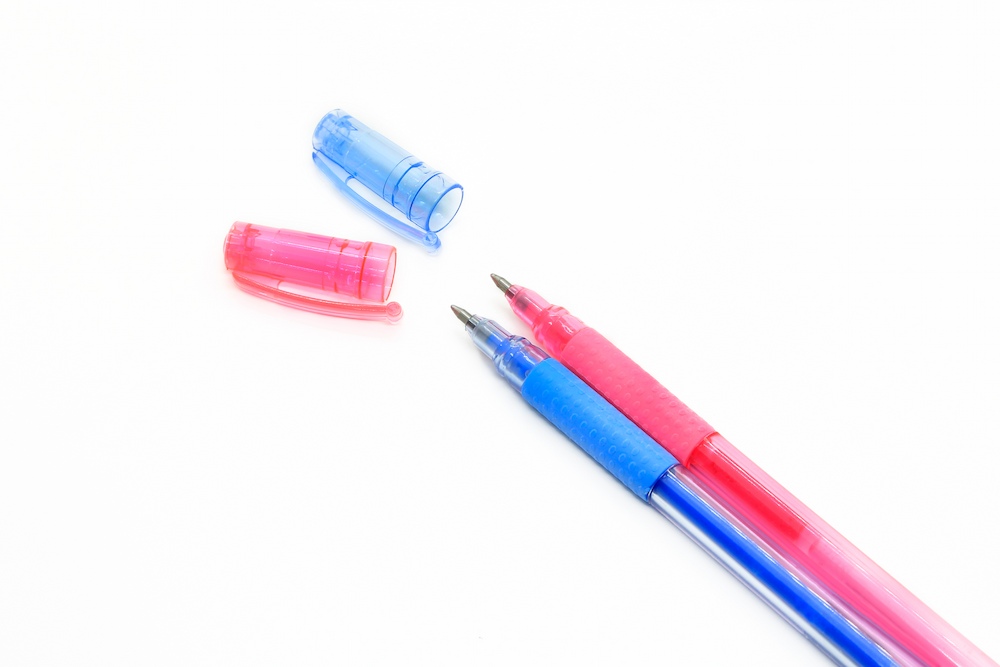
Gel pens are a popular choice for those looking to add a pop of color to their writing or artwork. These pens use water-based gel ink that flows smoothly onto the page, providing vibrant and bold hues. Here are some key points to consider about gel pens:
- Variety of Colors: Gel pens come in a wide array of colors, ranging from classic black and blue to bright pinks, purples, and greens. This variety allows for creative expression and the ability to color-code notes or drawings.
- Smooth Writing Experience: One of the main advantages of gel pens is their smooth writing experience. The gel ink glides effortlessly across the paper, making writing a comfortable and enjoyable task.
- No Smudging: Gel pens are quick-drying, which means there is less chance of smudging or smearing your writing. This feature is especially beneficial for left-handed individuals or anyone who tends to drag their hand across the page while writing.
- Ideal for Art Projects: Gel pens are a favorite choice among artists and crafters for adding colorful details to their projects. The vibrant colors and fine tips of gel pens make them perfect for drawing, coloring, and adding intricate designs.
- Great for Bullet Journals: Many enthusiasts of bullet journaling appreciate gel pens for their ability to create eye-catching layouts and designs. The range of colors and smooth ink flow make gel pens an excellent choice for adding flair to your journal entries.
Gel pens offer a fun and creative way to enhance your writing, artwork, and organizational skills with a pop of color.
Felt Tip Pens: The Artist’s Choice
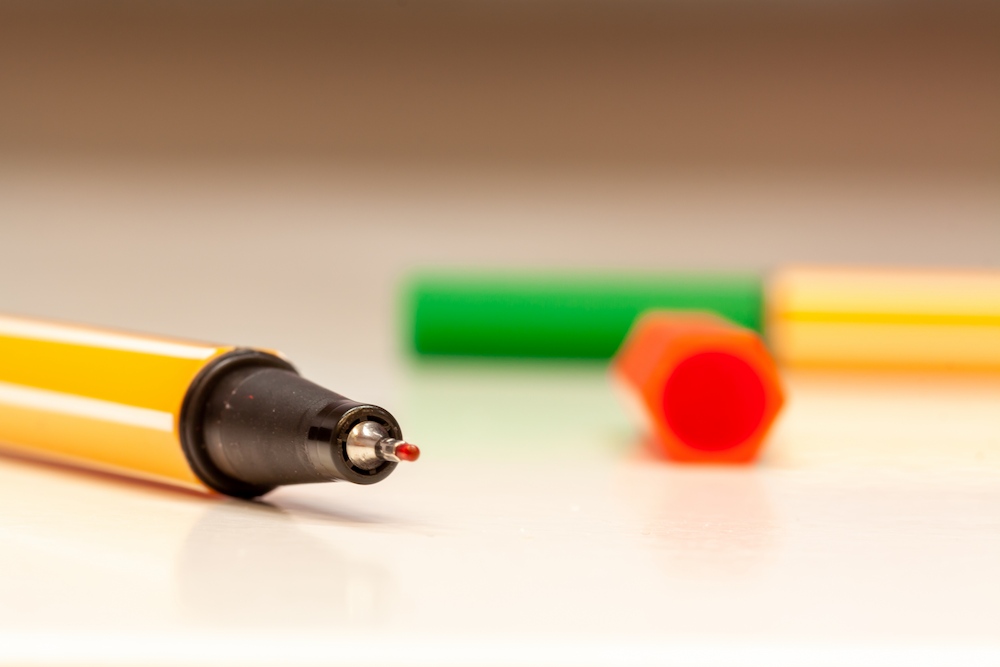
Felt tip pens are a favorite among artists for their versatility and vibrant colors. Here are some key points to consider about these popular artistic tools:
- Vibrant Colors: Felt tip pens are known for their bright and bold colors, making them perfect for creating eye-catching artwork.
- Precision: The fine tip of felt pens allows for precise detailing and intricate lines in drawings and sketches.
- Versatility: These pens can be used on various surfaces, including paper, canvas, and even fabric, making them a versatile choice for artists working in different mediums.
- No Smudging: Felt tip pens dry quickly, which reduces the risk of smudging or smearing, especially useful for left-handed artists.
- Blendable: Some felt tip pens are also blendable, allowing artists to create smooth gradients and transitions between colors.
- Longevity: With proper care, felt tip pens can last a long time, providing consistent quality and performance over extended use.
In conclusion, felt tip pens offer artists a reliable and vibrant tool for their creative endeavors. Whether you are a beginner or a seasoned artist, these pens can elevate your artwork with their color range and precision.
Marker Pens: From Whiteboards to Art
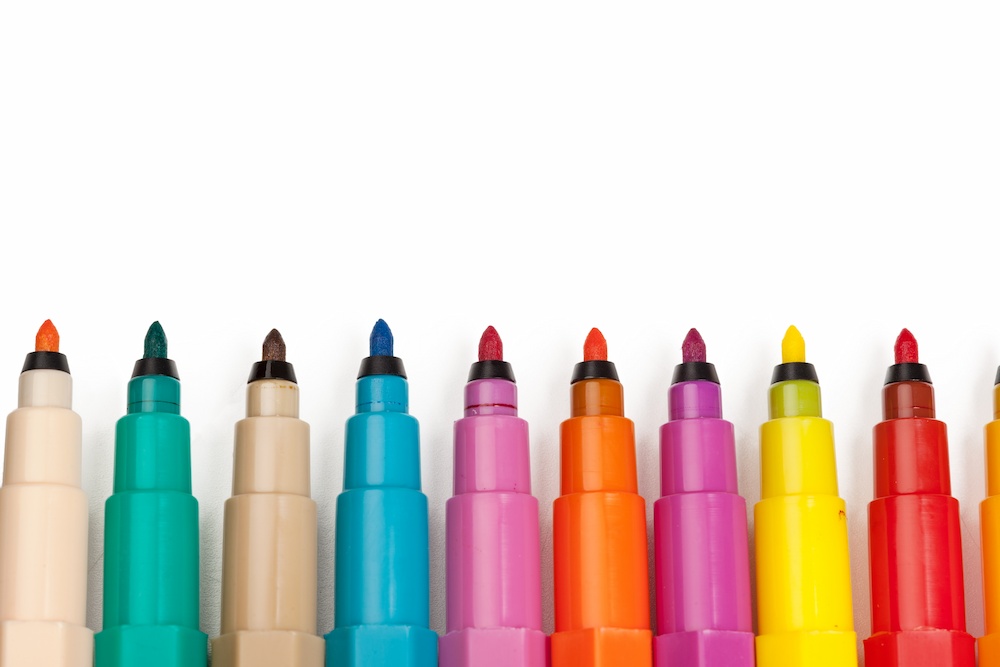
Marker pens are versatile tools that find applications across various settings, from classrooms to art studios. Here are some common types of marker pens and their uses:
- Dry-Erase Markers: These markers are primarily used on whiteboards, glass, and other non-porous surfaces. They are easily erasable with a dry cloth or eraser, making them ideal for presentations, brainstorming sessions, and teaching environments.
- Permanent Markers: Permanent markers are designed to write on a variety of surfaces, including paper, plastic, metal, and wood. They are water-resistant and can withstand fading, making them suitable for labeling items, creating art projects, or writing on materials that may be exposed to moisture.
- Water-Based Markers: Water-based markers are commonly used in art and design due to their ability to blend smoothly and create vibrant colors. These markers are suitable for paper-based projects, illustrations, coloring, and hand lettering.
- Alcohol-Based Markers: Alcohol-based markers are favored by artists and illustrators for their ability to deliver bold, streak-free colors. These markers are commonly used in professional art and design work, including fashion illustration, comic book art, and architectural rendering.
- Highlighters: Highlighters are a type of marker pen designed to draw attention to specific text in documents. They are commonly used for annotating notes, marking important passages in books, and color-coding information.
- Fabric Markers: Fabric markers are specially formulated to write on fabric surfaces, making them ideal for customizing clothing, canvas bags, and other textile-based projects. These markers are permanent and can withstand multiple washes without fading.
Marker pens, with their diverse range of types and uses, have become indispensable tools for a wide range of activities, from writing notes on a whiteboard to creating intricate works of art.
Brush Pens: The Calligrapher’s Tool
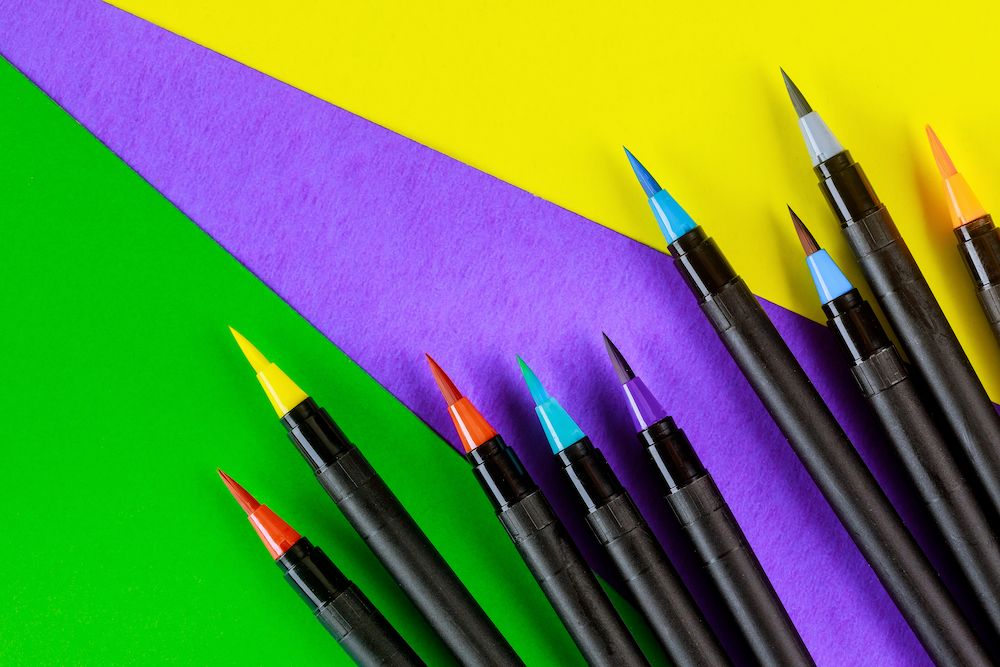
Brush pens are a popular choice among calligraphers for their versatility and unique brush-like tip. These pens offer the opportunity to create varying line widths and thicknesses, allowing for expressive and artistic calligraphy styles. Here are some key points to consider about brush pens:
- Tip Variation: Brush pens come in different tip variations, including soft, firm, and flexible tips. These variations impact the flexibility and control of the pen, ultimately affecting the quality of the strokes produced.
- Ink Variety: Brush pens are available in a range of ink types, such as water-based or pigment-based inks. Water-based inks are ideal for blending and creating gradient effects, while pigment-based inks offer more permanence and water resistance.
- Ease of Use: While brush pens require a level of skill and control, they are generally user-friendly and suitable for beginners and experienced calligraphers alike. Practice is key to mastering the art of calligraphy with brush pens.
- Versatility: Brush pens can be used for various styles of calligraphy, from traditional scripts to modern hand lettering. Their adaptability makes them a valuable tool for artists looking to explore different techniques and designs.
- Maintenance: Proper care and maintenance of brush pens are essential to prolong their lifespan and ensure consistent performance. Cleaning the tips regularly and storing the pens horizontally can help prevent tip fraying and ink flow issues.
In summary, brush pens are a valuable tool for calligraphers seeking to add flair and creativity to their work. With their unique features and capabilities, brush pens offer endless possibilities for artistic expression in the world of calligraphy.
Multifunction Pens: Versatility at Its Best
Multifunction pens are practical tools that combine several functions in one sleek design. Here are some popular types of multifunction pens to consider:
- Pen and Highlighter Combo: Ideal for students and professionals, these pens offer the convenience of writing and highlighting in one tool. They usually feature a pen on one end and a highlighter on the other, making them perfect for note-taking and studying.
- Pen and Stylus Duo: With the rise of touch-screen devices, pen and stylus combos have become increasingly popular. These pens allow users to switch seamlessly between writing on paper and navigating digital screens, making them versatile tools for modern-day tasks.
- Pen and Mechanical Pencil Hybrid: For those who need both a pen and a pencil on hand, hybrid options are a great choice. These pens typically feature a pen on one side and a mechanical pencil on the other, offering the convenience of two writing instruments in one.
- Pen and USB Drive Integration: Perfect for tech-savvy individuals, pens with built-in USB drives provide a convenient way to store digital files while also offering a traditional writing experience. These pens are handy for keeping important documents close at hand.
Multifunction pens eliminate the need to carry multiple writing instruments, making them a practical and space-saving solution for people on the go. Whether you’re a student, professional, or tech enthusiast, there’s a multifunction pen out there to suit your needs.
Choosing the Right Pen for You
When it comes to selecting the perfect pen, it is essential to consider personal preferences and the intended use of the pen. Here are a few factors to keep in mind when choosing the right pen for you:
- Writing Style: Consider your writing style. Do you prefer fine lines or bold strokes? Choose a pen that complements your handwriting style.
- Ink Type: Decide between ballpoint, rollerball, gel, or fountain pens based on the smoothness and intensity of the ink you prefer.
- Grip: A comfortable grip is crucial for a pleasant writing experience. Test different pens to see which one feels the most ergonomic in your hand.
- Point Size: Choose a point size that aligns with the application. Fine points are ideal for detailed work, while broader points are excellent for bold writing.
- Refillable vs. Disposable: Decide if you prefer pens that are refillable or disposable based on environmental concerns and cost-effectiveness.
- Design: Consider the aesthetics of the pen. Some may prefer a sleek, modern design, while others may prefer a more classic look.
- Special Features: Explore pens with special features such as erasable ink, ink colors, or built-in stylus tips for digital devices.
By considering these factors, you can find the pen that best suits your needs and preferences, ultimately enhancing your writing experience.




